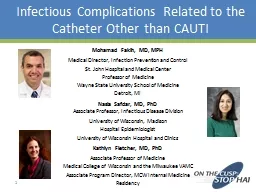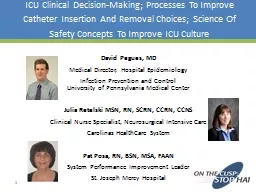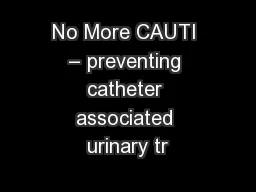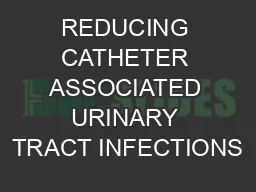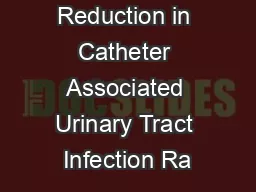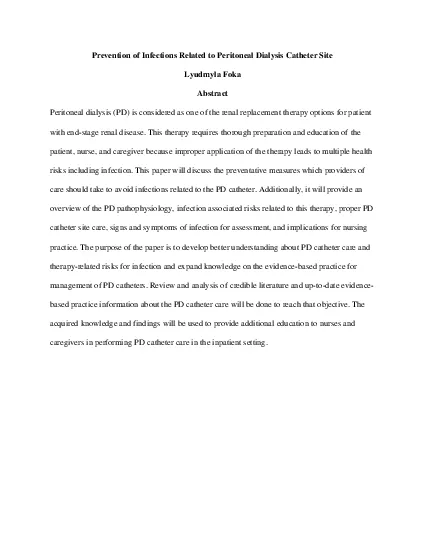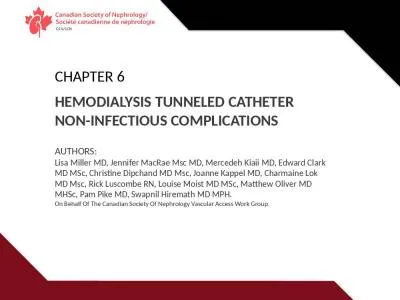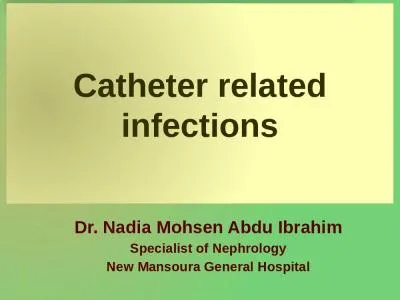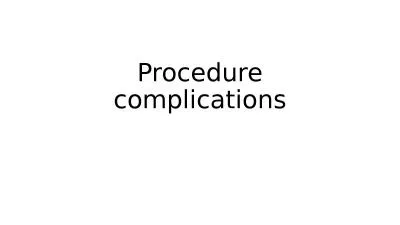PPT-Infectious Complications Related to the Catheter Other than
Author : karlyn-bohler | Published Date : 2016-11-06
1 Mohamad Fakih MD MPH Medical Director Infection Prevention and Control St John Hospital and Medical Center Professor of Medicine Wayne State University School
Presentation Embed Code
Download Presentation
Download Presentation The PPT/PDF document "Infectious Complications Related to the ..." is the property of its rightful owner. Permission is granted to download and print the materials on this website for personal, non-commercial use only, and to display it on your personal computer provided you do not modify the materials and that you retain all copyright notices contained in the materials. By downloading content from our website, you accept the terms of this agreement.
Infectious Complications Related to the Catheter Other than: Transcript
Download Rules Of Document
"Infectious Complications Related to the Catheter Other than"The content belongs to its owner. You may download and print it for personal use, without modification, and keep all copyright notices. By downloading, you agree to these terms.
Related Documents

